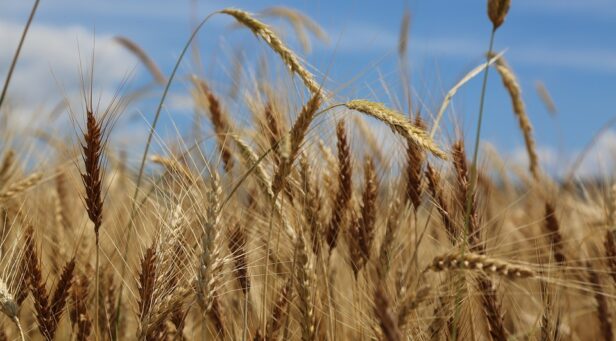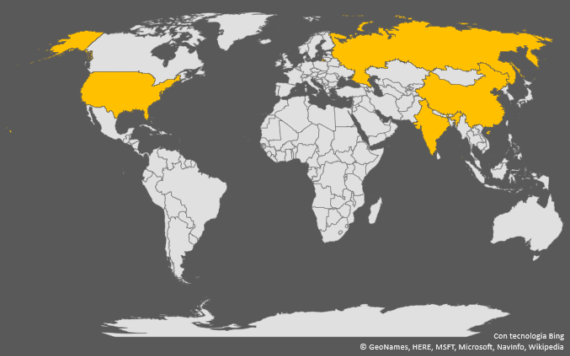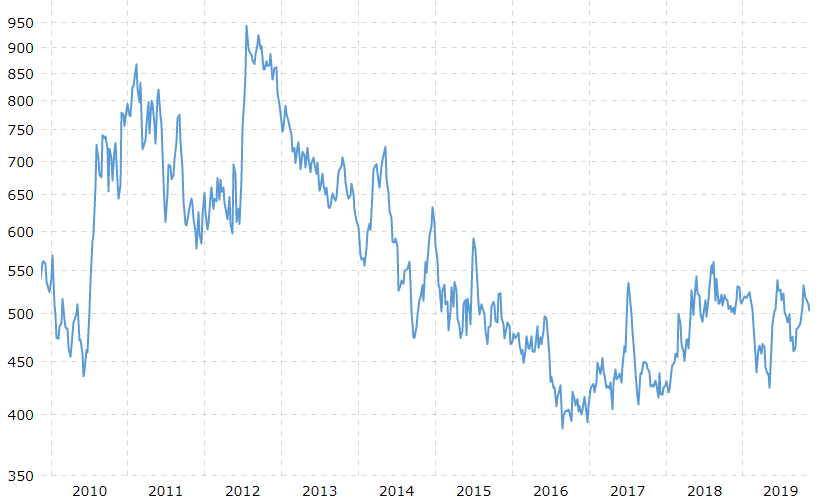Wheat is considered as a basic food, indispensable in the diet of any person in the world.
What Is Wheat?
Wheat is one of the main raw materials. It is one of the oldest and most widespread cereal crops. It is a wild herb native to the Levant region of the Near East and Ethiopia, which has been domesticated and is now cultivated throughout the world. This product is considered as a basic food of a predominant type which is indispensable in the diet of any person in the world. It is therefore one of the most widely used food products.
Current and Future Use
The main use is in the food sector. It is ground to produce flour, used in most of the foods we eat every day, such as pasta, bread, biscuits, cereals. It represents the basis for very popular alcoholic beverages: whiskey, vodka and beer. It is also used in the field of animal nutrition, for example for poultry and cattle, but also for fish. Outside of food, wheat has been used since 2010 instead of corn to produce bioethanol in the United Kingdom and the United States. In Asia, it is often used in the field of textile production. In many countries, wheat straw is useful to cover rural houses, or to make mattresses and pillows. Finally, it is also used to produce plastics.

Production
In November 2019, the USDA estimated an increase in world production to 765.55 million tons, up about 5% compared to 2018, year in which production was around 731.28 million tons. Over the last few years global production has been stable, increasing and decreasing to a limited extent. 50% of production is in the hands of four countries (Figure 1). The first country is China, which holds 19% of production, followed by India with 14%. Russia and the United States both produce 9%. Following are France, Australia, Canada, Pakistan and Germany. To date, climatic conditions are generally favourable for production. In Russia it is estimated an increase in the total area sown compared to last year. In China, winter wheat is in favourable conditions with above average rainfall, as well as in the United States, where there are favourable conditions for sowing and surfacing.
Factors That Influence Wheat Price
The main factor that affects the price of wheat, as well as the prices of all agricultural raw materials, is the climate. There are periods of great drought and heavy floods that usually lead to a negative impact on the supply, as they cause an increase in processes and collection and production costs. There is also a seasonality, which varies according to the type of wheat. Higher energy and oil costs imply higher production and transport costs. Rising incomes lead to higher consumption, particularly in developing countries. As wheat and other cereals are substitutes, an increase in the price of corn, for example, could lead to a corresponding increase in the price of wheat. This is because if the price of corn increases, farmers will start moving from wheat to corn, thus reducing the supply of wheat. Meanwhile, consumers could increase grain demand, as it is relatively cheaper. A weak US dollar has a bullish effect on the price. The stocks act as a reserve form for both producers and consumers. A decrease in stocks can make the wheat market more vulnerable to an unexpected supply interruption or a sudden increase in demand.
Factors that influence wheat price:
· Seasonal changes
· Climate changes
· Energy and oil costs
· Rising incomes
· Price of corn
· US dollar
· Stocks
Wheat Price Evolution
From the graph we can see how the price between 2013 and 2016 has steadily decreased, reaching a very low level. This constant decline was attributed to an ever-increasing production. Huge harvests, due to extensive plantations, favourable climate and oil prices, have accumulated, thus reducing the price. Furthermore, the growing consumer interest in gluten-free foods and the renewed promotion of low-carbohydrate diets have contributed to putting downward pressure on consumption. Today the price is slightly higher than the minimums reached in 2016. For 2019/2020 the USDA expects an increase in wheat production to around 780.8 million tons. Most of the increase is due to the growth prospects of production, not in the United States, but in Russia and Ukraine, two of the most important wheat exporters. The USDA also estimates a growth in consumption. However, the expected increase in world wheat supplies (due to higher expected production and high initial stocks) exceeds the increase in consumption. This leads to higher estimates for global closing stocks. Stocks are expected to increase to a record 288.3 million tons.
To Conclude...
As we have seen, wheat is one of the main raw materials, used for different purposes, but which finds its main use in the food field, as a fundamental component of what we eat every day. In recent years the price of wheat has dropped considerably, reaching minimum levels. Since 2017 it has recorded a slight increase, which could however be mitigated by the forecasts for 2019/2020. A record level of wheat stocks is in fact expected, and this could have a bearish effect on the price, slowing down the slight recovery attempt registered since 2017.

